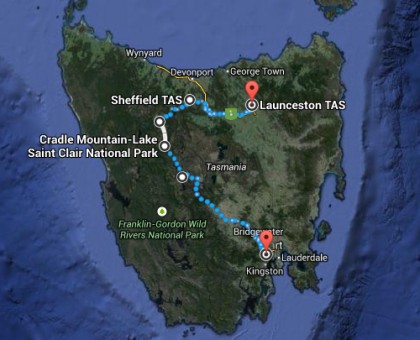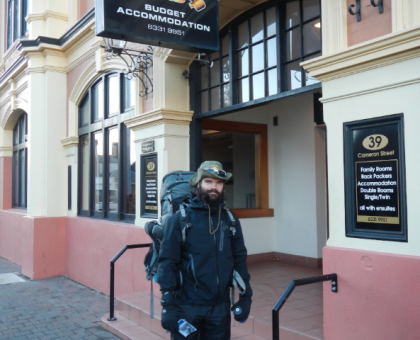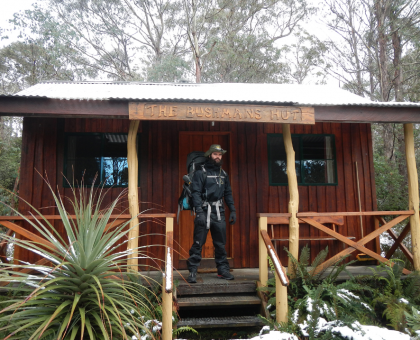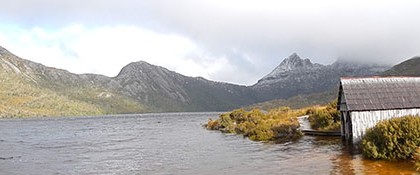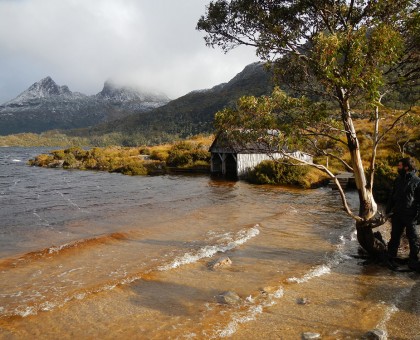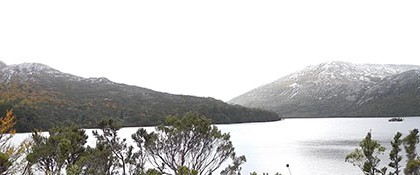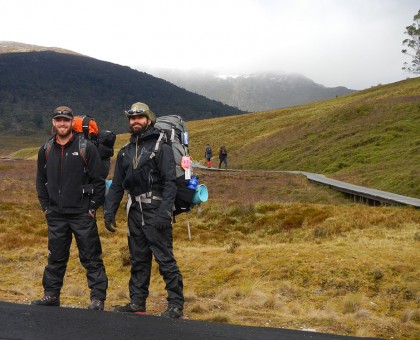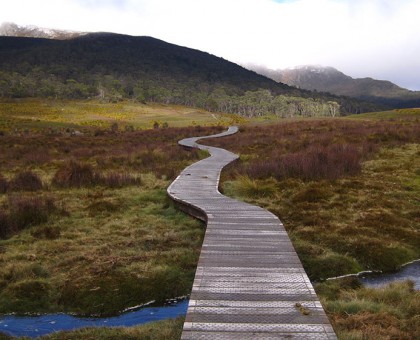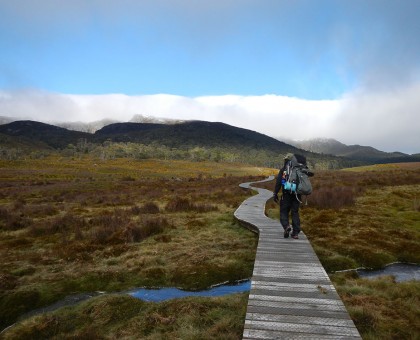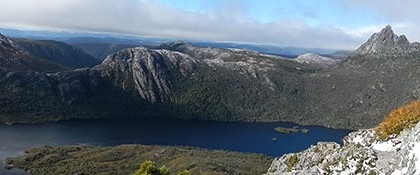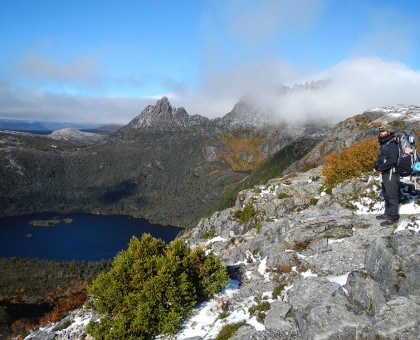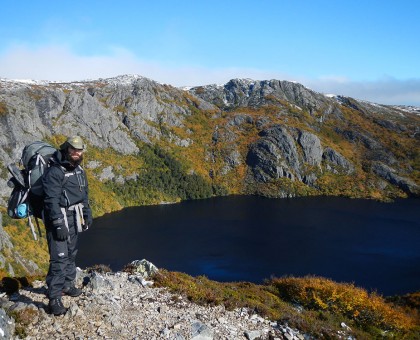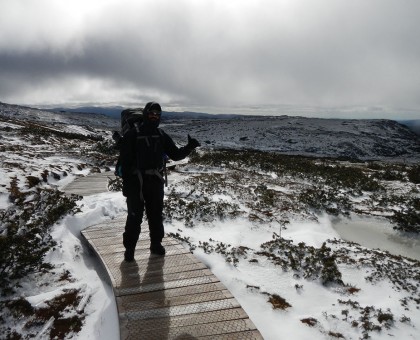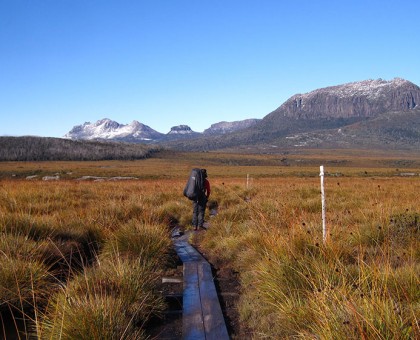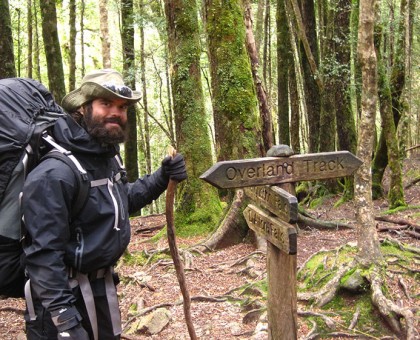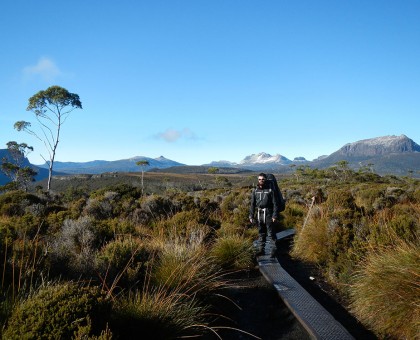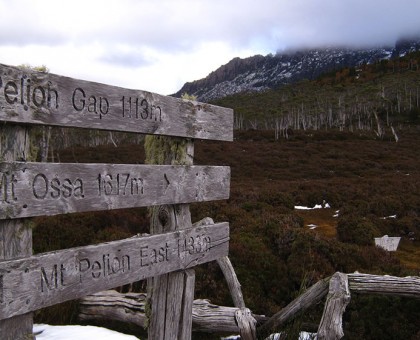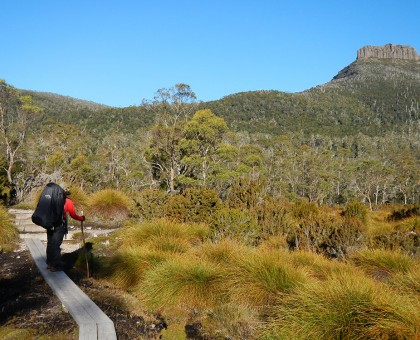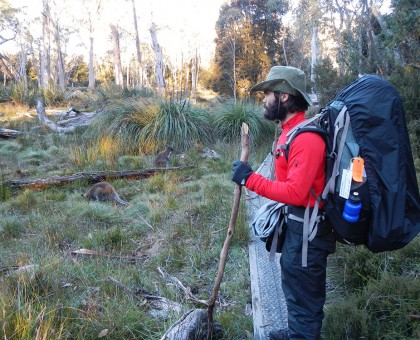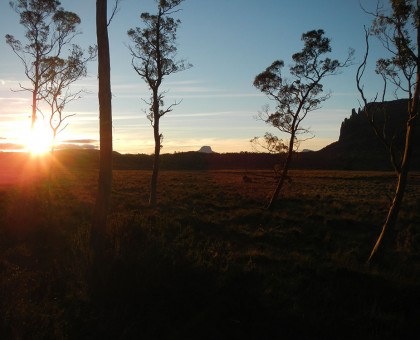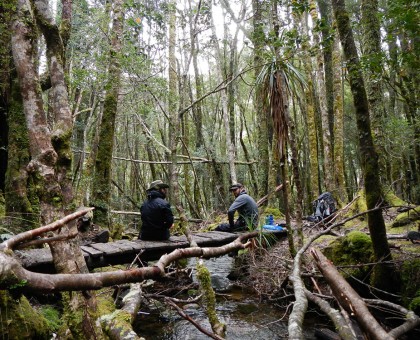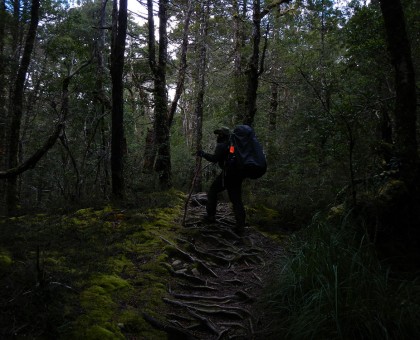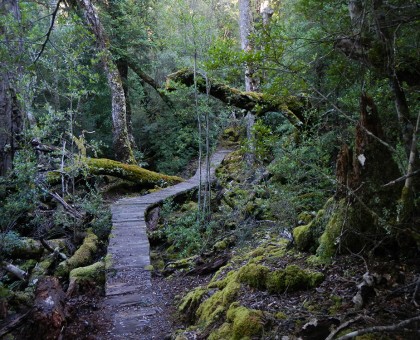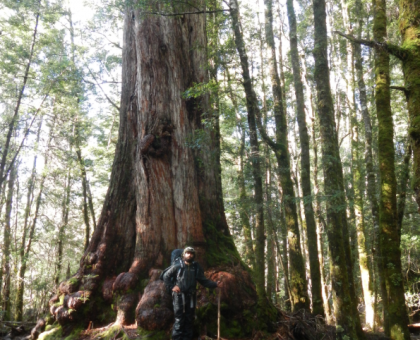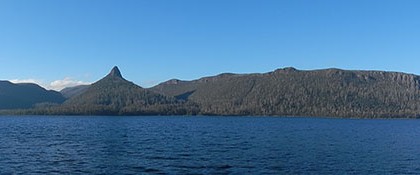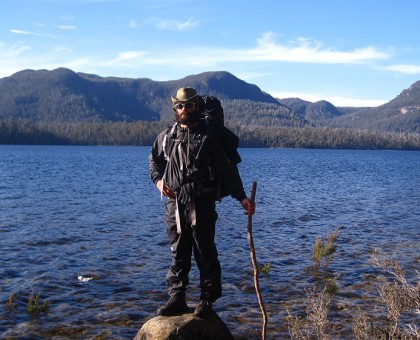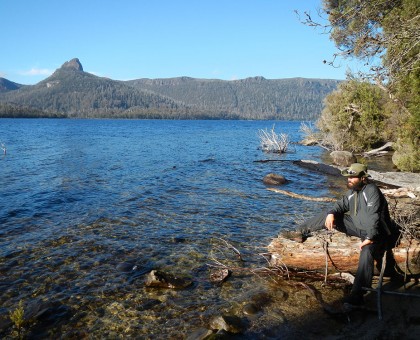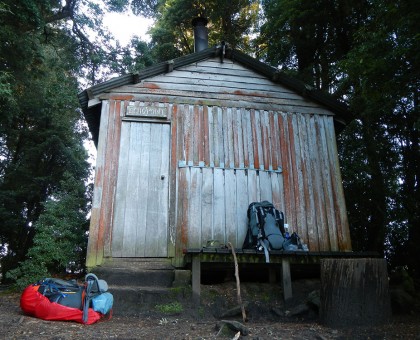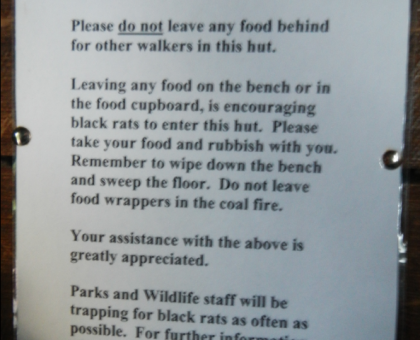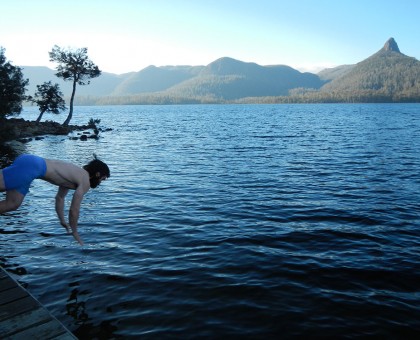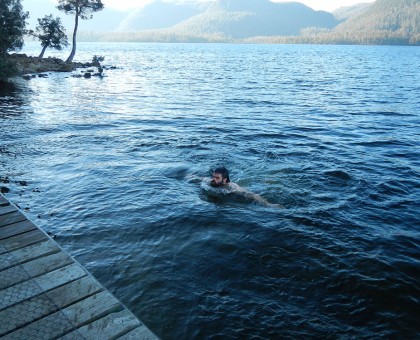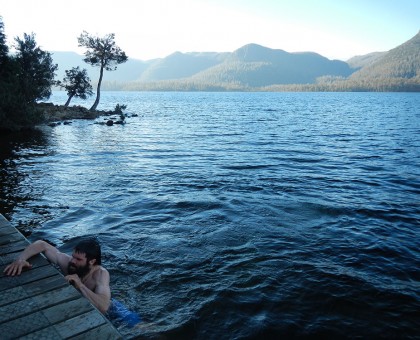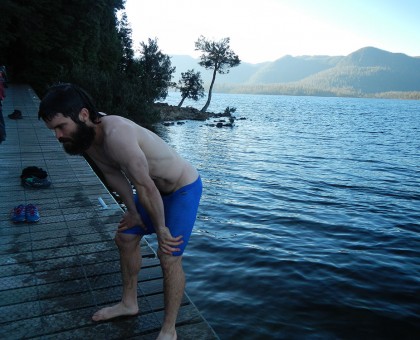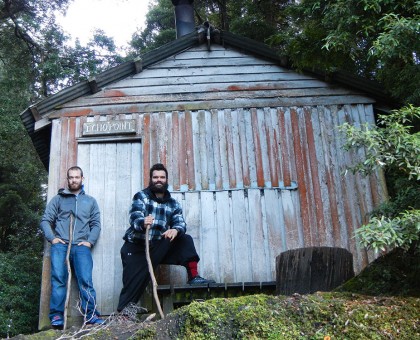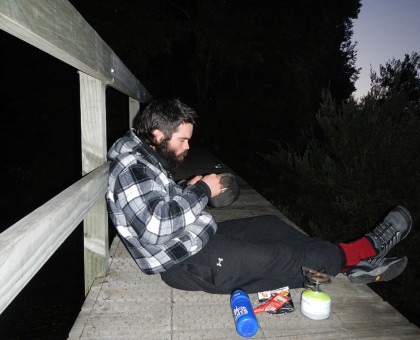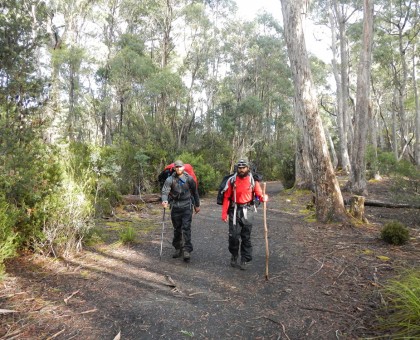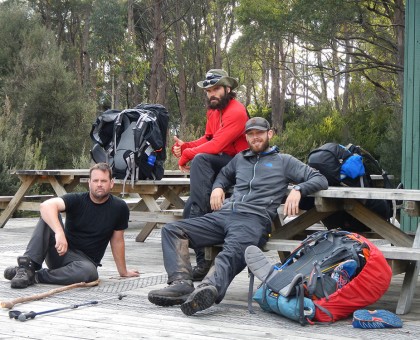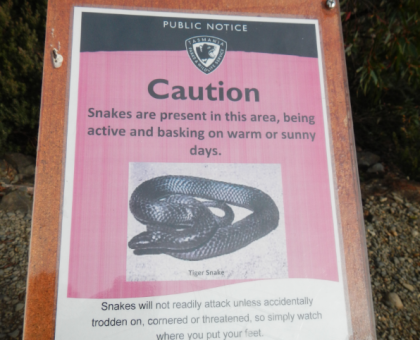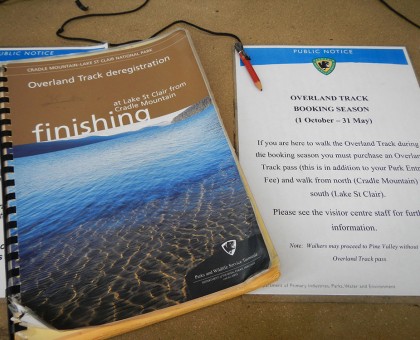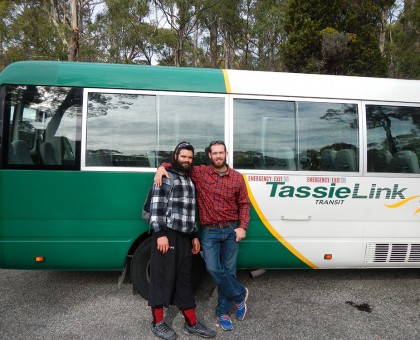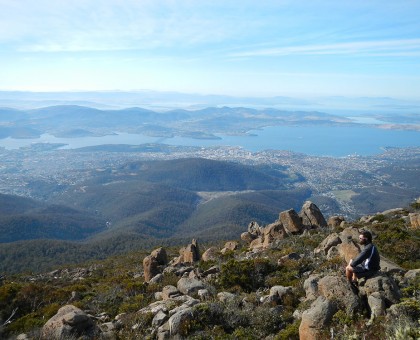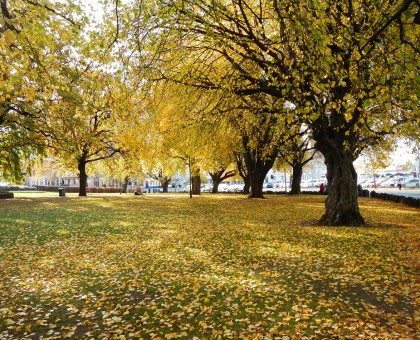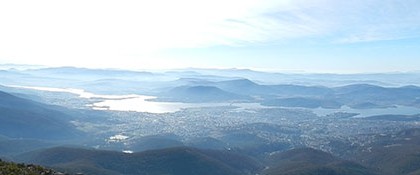.png)
Tasmania is full of natural beauty and breathtaking landscapes, and I was eager to explore it all. Australia's largest island, Tasmania is 240 kilometers (150 miles) off of the mainland, and has a population of just 512,000. Seemingly untouched, and tucked away in its own corner of the South Pacific, Tasmania is a hidden gem.
Once I made it across the treacherous Bass Strait - in a plane of course - I spent a day in Launceston, in Tassie's far north. The crisp, fresh air hit me as though I'd arrived in another world. Vibrant yellow leaves, lush green grass and pure white snow-capped mountains couldn't escape my view.
A quaint town of just over 100,000 people, Launceston possesses nearly a quarter of Tassie's population, is one of Australia's oldest cities and is home to the James Boags Brewery.
I traveled to Tasmania with a purpose. Yes, it was one of only two Australian states or territories - at the time I had not been to the Australian Capital Territory - I had not explored, but I had bigger things on my mind. I was ready for a new adventure; something I'd never experienced before.
Preparing to embark upon one of the most challenging deprivation exercises of my life, I knew I had plenty of mental - and physical - bouts ahead of me. After shopping strategically for the necessary food supplies, I returned to Launceston's Batman-Fawkner Inn to organize my pack for what would undoubtedly be a life-changing experience. Ensuring I had enough food - and the right food - for a five-day hike through the Tasmanian bush was quite a task, especially for such an eater as myself. Having never been to Tassie, nor never diving into such an outdoor exploration, I was unsure what to expect. I'd heard stories and done plenty of research, but nothing compares to living it.
The morning I left Launceston, I was picked up by a local driver, and taken two hours west to the northern edge of the Cradle Mountain-Lake St. Clair National Park. Winding through dense forests and capturing the odd view of the wide open Tassie expanses really started to put this adventure in perspective: I was going to be hiking through the middle of Tasmania - with one other human being - for five straight days. No running water, no electricity and of course, zero technology and contact with the 'real world'.
The Tasmanian bush did not know what was about to hit it!
After checking in and obtaining my park pass at the ranger station at the Cradle Mountain-Lake St. Clair National Park, I checked in at the Highlander Cottages, and was given the Bushman's Hut. What a fitting dwelling to call home for a night. This cozy cabin featured a bunk bed, small kitchen and bathroom, so it had all of the essentials for a one-night stay.
In an effort to get acclimated with the climate - it was snowing at the time - I went for a day hike around Dove Lake, which was a short jaunt from the Bushman's Hut. Strong winds combined with light snowfall didn't make for the most pleasant hike, but it at least prepared me for what I could potentially encounter on subsequent days. Situated at the base of Cradle Mountain, Dove Lake provided some picturesque views, even on such a bitter cold Tasmanian day. Circumnavigating Dove Lake ended up being the perfect 6-kilometer (3.7-mile) 'warm-up' hike. I got out of the blizzard and returned to the Bushman's Hut. I was definitely going to need a good sleep.
The next morning was the official commencement of my navigation on the Overland Track. The Overland Track, which I nicknamed the 'O.T.', is one of Australia's most famous bush walks. The 83-kilometer (52-mile) track winds through terrain ranging from sheer mountains, temperate rainforest, wild rivers and alpine plains all in the Tasmanian Wilderness World Heritage Area.
With my 20-kilogram (44-pound) pack on my back and a beard for the ages, I set off from Ronny Creek and headed south on the O.T. Goodbye civilization, at least for a few days. My journeys for the next four-plus days would take me through nearly all four seasons, as I plowed through snowfields, trudged through swampy downhill portions of the track and stayed on course in the O.T.'s wide open valleys.
DAY 1:
Covered 18.5 kilometers (11.56 miles) in 7 hours
Started: Ronny Creek, 10am
Ended: Windermere Hut, 5pm
DAY 2:
Covered 18.5 kilometers (11.56 miles) in 7.5 hours
Started: Windermere Hut, 9:10am
Ended: New Pelion Hut, 4:45pm
DAY 3:
Covered 18 kilometers (11.25 miles) in 8 hours today
Started: New Pelion Hut, 9am
Ended: Bert Nichols Hut, Windy Ridge, 5pm
DAY 4:
Covered 15 kilometers (9.38 miles) in 6.5 hours today
Started: Bert Nichols Hut, Windy Ridge, 9am
Ended: Echo Point Hut, Lake St. Clair, 3:45pm
DAY 5:
Covered 13 kilometers (8.13 miles) in 3 hours today
Started: Echo Point Hut, 6am
Ended: Lake St. Clair Lodge, Cynthia Bay, 9:30am
Although extremely popular during the summer months of October - March, I conquered the Overland Track in what was the final week (early May) it is open for hikers. As it gets later in the season, the O.T. becomes too dangerous to traverse.
Throughout my time on the O.T., there were no sounds of car horns; no neighbor's music blasting. I was in the middle of nowhere, and I loved the tranquility. I always looked forward to nighttime because it meant I could gaze into the clear Tassie sky. Never have I seen so many stars, and unbelievably vibrant stars at that. Each night I felt like I was in a planetarium, looking up at the bright Southern Cross and the Milky Way, both of which seemed like they were within an arm's reach.
I saw more wallabies than human beings; heard the screams of more Tasmanian devils than I did of crying babies. In addition to my travel partner, I had contact with just one other human being during my four-plus days on the O.T. At any one time during my time on the track, I could have heard a pin drop.
Rationing food, not taking showers and carrying everything with me that I brought in (including trash and toilet paper), heightened my awareness and challenged forced me to think outside of the box. If there was such a thing as the comfort zone, my time on the Overland Track put me about as far from it as I have ever been.
One of the benefits of Tasmania's purity and cleanliness is the fact that I could drink the water from the abundant streams on the track. Being able to stop - in the middle of a hike - and drink from a fast-flowing waterway was extremely convenient, and beyond satisfying.
A (very) quick, refreshing dip into Lake St. Clair - Australia's deepest lake - certainly shocked the system, but was a pleasant and necessary recharge for the last leg of the journey.
Knowing I would be deprived of my usual caloric consumption and daily routine (I did manage to exercise daily though), this taxing physical adventure was just as much a mental challenge. Sleeping in tents and on wooden slats within non-insulated huts - as scores of mice and rats scurried about - definitely was not the ideal nightly rest and recuperation that kept me going from day to day. Nevertheless, I managed, and the deprivation exercise had a profound impact on me.
Feeling accomplished yet very deprived of energy, a meal at the Lake St. Clair Lodge was my first mission after removing my bulky pack. The meal - which felt like a buffet compared to my small servings of packaged salmon, granola bars and almonds - really hit the spot and prepared me for the next leg of my journey.
I boarded Tassie Link at Lake St. Clair and traveled through the rolling hills of southeastern Tasmania. Arriving in Hobart - after four-plus days of near isolation - made me feel like a human being again. Motor vehicles, buildings and human beings were all around me. It felt strange being back in civilization.
Hobart is Tasmania's capital city and is the second-oldest capital city (behind Sydney) in Australia. The city is the financial and administrative heart of Tasmania, also serving as the home port for both Australian and French Antarctic operations. Yes, Hobart is rather south.
Situated on the River Derwent, Hobart possesses nearly half of Tasmania's population, and is a gorgeous port city with an incredible history that still lives today. Saturday's Salamanca Markets are a Tassie tradition, and the cobblestone streets of the old city connect with the bike paths and pavement of the modern era.
Towering above Hobart is the gigantic Mount Wellington. Positioned 1,271 meters (4,170 feet) above sea level, my biggest issue with Mount Wellington was that, other than my own two feet, I did not have a way to ascend the 22 kilometers (14 miles) to reach its summit. I made some friends along the way, who kindly drove me to the top so I could enjoy the breathtaking landscapes. With views of Ralphs Bay, Frederick Henry Bay, Northwest Bay, Norfolk Bay, Storm Bay and on out to the Tasman Sea, Mount Wellington offers incredible panoramic views as far as the eye can see.


